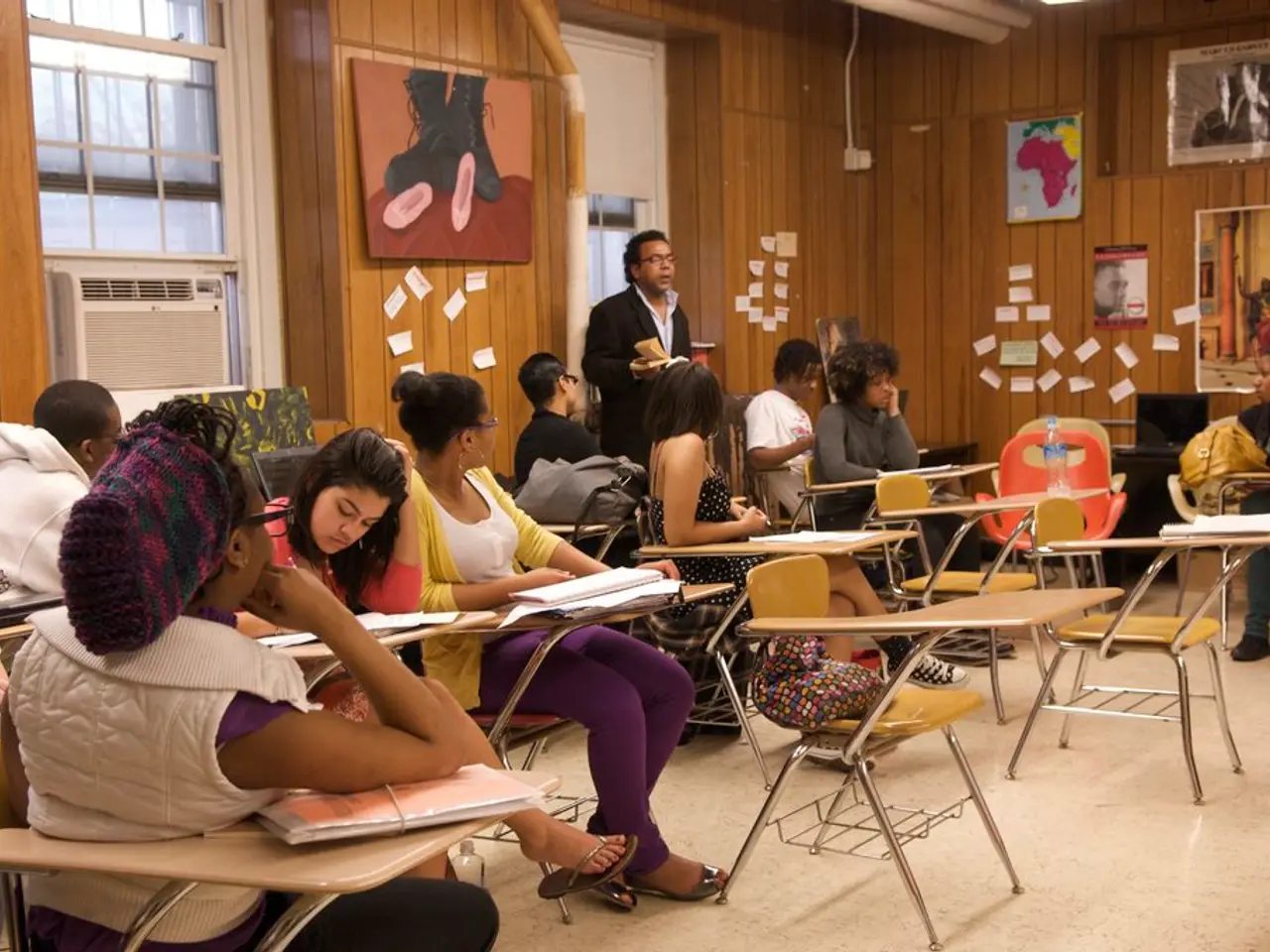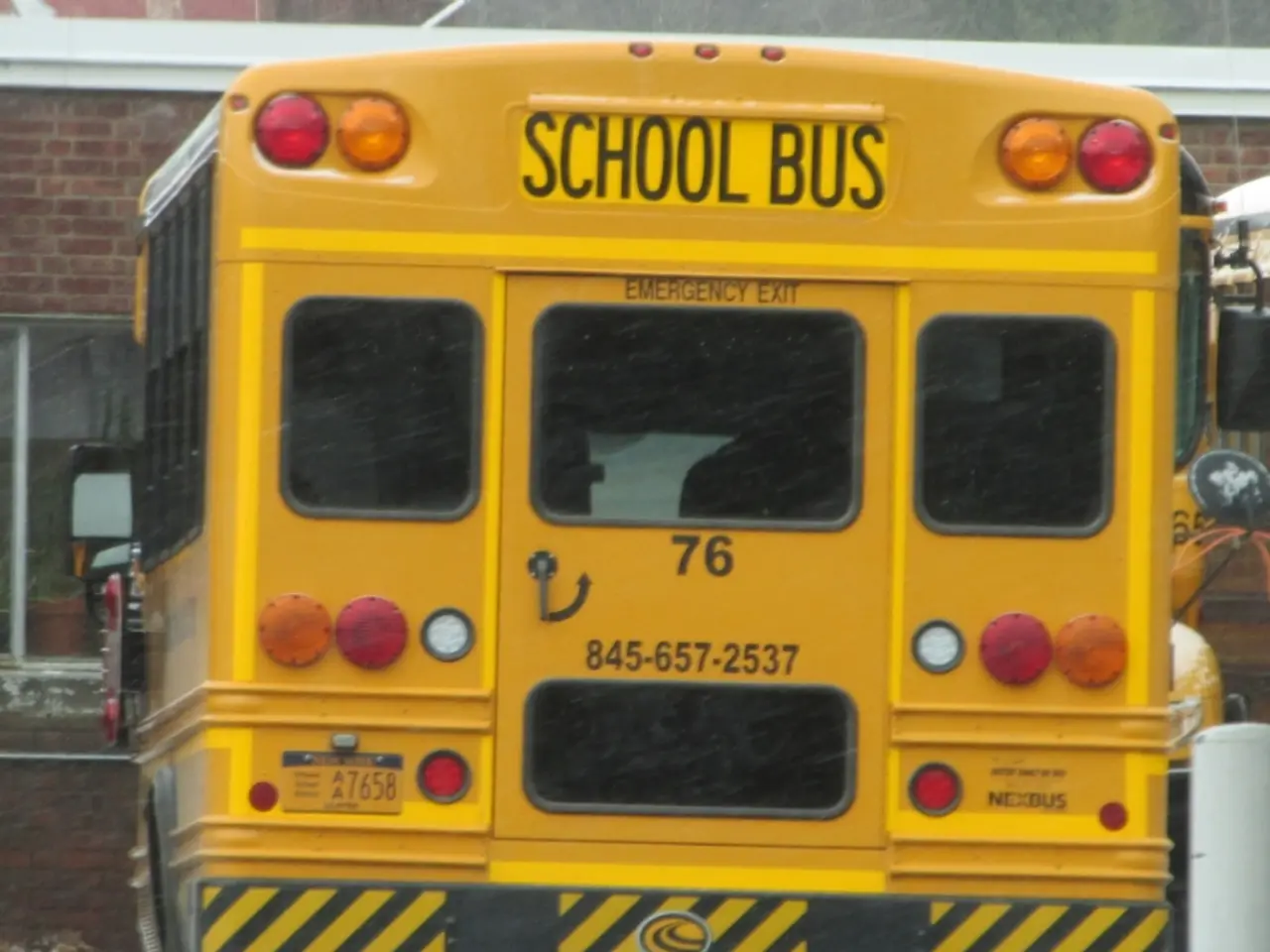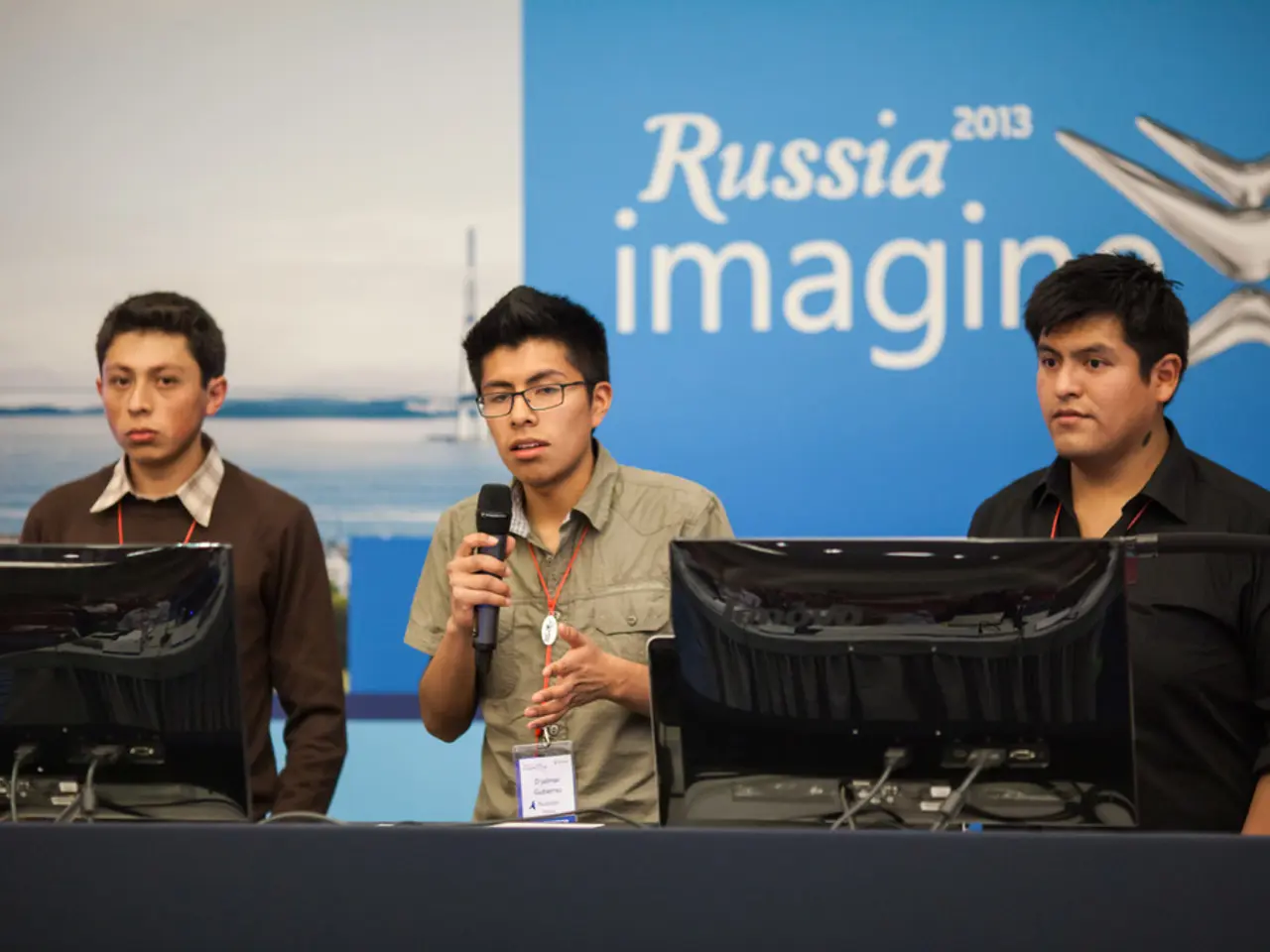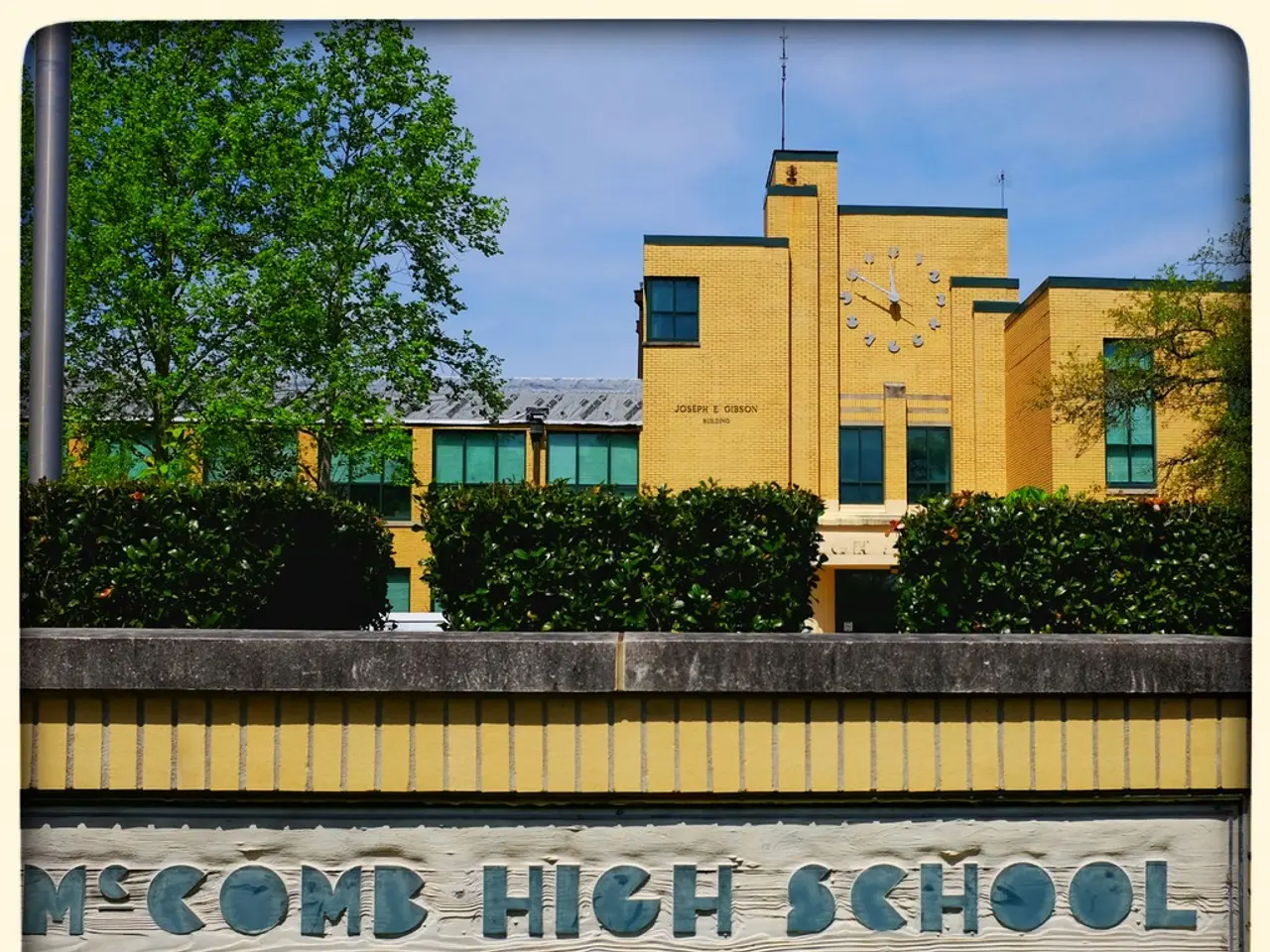Persisting Technology Disparity Impedes Learning for Schoolchildren
In today's technology-driven world, digital literacy has become a fundamental skill for academic success and future workforce adaptability. However, the digital divide persists, causing some students to struggle with online tasks and fall behind in key lessons.
This issue was most evident during the pandemic, with students in remote areas or lacking proper internet access struggling to submit assignments on time and keep up with digital classrooms. Stephania Eloise B. Yray, a student advocate, emphasizes the need for increased investment in technology for students, especially in public schools.
Gwyneth Marie Batucan, a STEM student, shares similar sentiments, stating that technical issues affect her ability to submit work on time and research, which can impact her grades. Lack of access to technology can make students feel less confident and disadvantaged compared to their more connected peers.
To address this issue, schools in the Philippines can adopt multi-faceted approaches. One such approach involves expanding internet connectivity in public schools, especially in remote or underserved areas, through projects like the Department of Education's (DepEd) Digital Bayanihan Project and the Department of Information and Communications Technology's (DICT) Free Wi-Fi For All program.
These initiatives aim to establish digital hubs with fiber backbone internet and free Wi-Fi, improving bandwidth for teaching, learning, and school administration. For example, 31 new digital hubs were recently launched to boost connectivity in schools across the country.
Another strategy is the distribution of devices and technology through public-private partnerships, such as the "Gadgets for Good" initiative led by Concentrix and the Philippine Economic Zone Authority (PEZA). These partnerships help equip students and teachers with necessary hardware to engage in digital learning and build digital skills critical for the future.
Offline digital libraries, like STARBOOKS created by the Department of Science and Technology (DOST), also play a crucial role in overcoming connectivity gaps. These libraries provide curated educational content accessible without internet, allowing multiple users to access learning materials via local area networks or Wi-Fi in classrooms lacking reliable internet service.
Future projects, such as PSIP Connect under the Public-Private Partnership for School Infrastructure, plan to deploy devices and alternative connectivity in late 2026, focusing on last-mile schools. Additionally, strengthening digital infrastructure through agreements between local governments and DICT, including the construction of provincial ICT hubs and installation of ICT towers in remote provinces, ensures inclusive connectivity for local residents and students.
These efforts define a comprehensive approach to addressing the digital divide by improving connectivity, providing devices, delivering accessible content both online and offline, and fostering partnerships between government and private sector to ensure equitable access to technology for all Filipino students.
Despite these initiatives, it's important to remember that lack of access to technology can sometimes be a barrier to a student's academic performance, not their ability. Andrei Phillip D. Capul, a recent HUMSS graduate, mentions that technical issues can slow or completely stop his studying efforts, leading to frustration. Schools have set up computer labs and internet access to assist students, but these efforts often fall short due to limited equipment usage and unstable shared internet connections.
To ensure all students can reap the benefits of digital learning, it's crucial to continue addressing the digital divide and ensuring equal access to technology for all Filipino students.
The Philippine government has initiated various projects to alleviate the digital divide in education, such as the DepEd's Digital Bayanihan Project and the DICT's Free Wi-Fi For All program, aimed at improving internet connectivity in public schools and remote areas. Additionally, public-private partnerships, like the "Gadgets for Good" initiative led by Concentrix and the Philippine Economic Zone Authority (PEZA), distribute necessary hardware for students and teachers, facilitating digital learning and digital skills development. It's essential that all students are provided equitable access to technology to prevent technical issues from hindering their academic performance.




